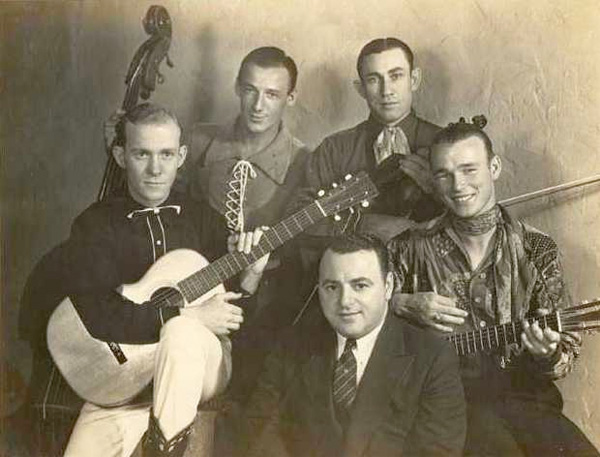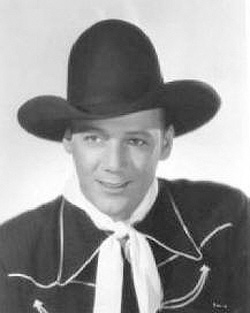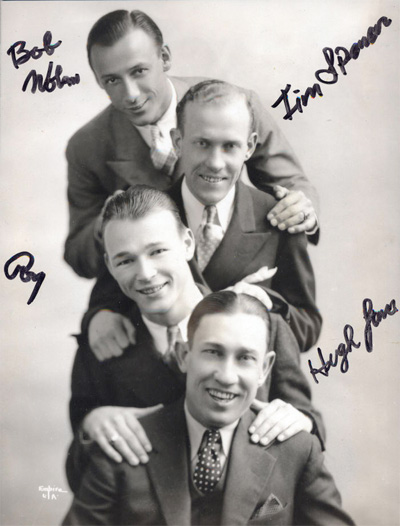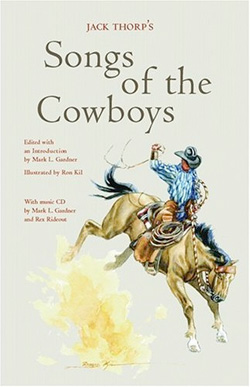Where the West Commences - Don't Fence Me In
 Friday, November 18, 2011 at 7:38PM Tweet
Friday, November 18, 2011 at 7:38PM Tweet By Jim Poulton
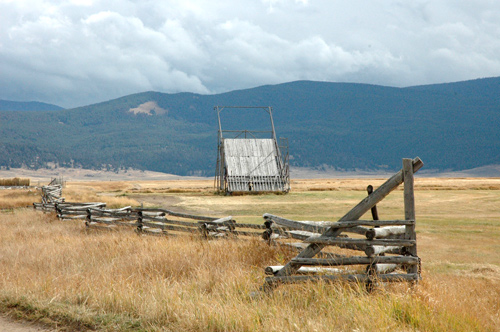 Fence and beaverslide in the Big Hole Valley, Montana. Credit: My-West.com ©
Fence and beaverslide in the Big Hole Valley, Montana. Credit: My-West.com ©
Originally written in 1934, Don’t Fence Me In languished in song limbo for a full ten years before it was heard by much of anyone – except for Cole Porter and maybe his mother. Porter had written the song for a film - Adios Argentina - that was never released. He’d based the lyrics on a poem by a Montana writer named Robert Fletcher. Fletcher and the producer of Adios Argentina were friends, and when Porter was asked to write a cowboy song about the west (you can imagine Porter’s surprise – he’d never written a cowboy song before), the producer suggested he buy the rights to Fletcher’s poem and use it for some of the lyrics.
Porter borrowed a number of lines from Fletcher, including ‘Give me land, lots of land,’ ‘on my cayuse’ (I had to look it up too – a cayuse is a North American horse, wild or tame, that is small, stocky, speedy and has incredible endurance – it’s named for the Cayuse people of eastern Washington and Oregon), ‘straddle my old saddle,’ and ‘where the West commences.’
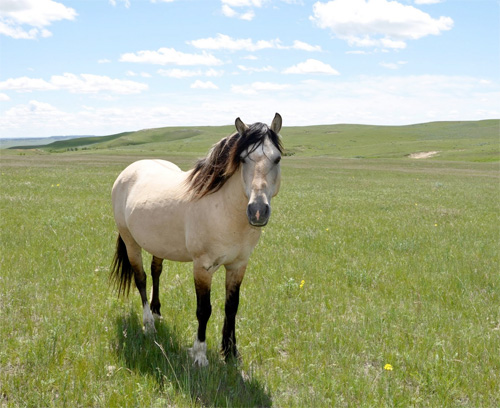 Cayuse Horse. Credit: Indianscoutoz
Cayuse Horse. Credit: Indianscoutoz
The song was finally heard when it was featured in Hollywood Canteen, a musical filmed in 1944 to entertain the troops in World War II, starring Roy Rogers and his horse. After Hollywood Canteen, Don’t Fence Me In went on to sell more than a million copies of sheet music – no small potatoes in 1944. Accounts differ as to what happened next. Either Porter realized Fletcher hadn’t received any credit or income from the song and decided to assign him a portion of the royalties, or Fletcher hired attorneys who negotiated his share of the proceeds. Either way, Don’t Fence Me In has become one of the most popular western songs of all time. Here are three very different versions – first by Roy Rogers, then by David Byrne and Willie Nelson. (You’ll be interested to know that James Brown, Ella Fitzgerald and Nokia (for a commercial) also did versions!)
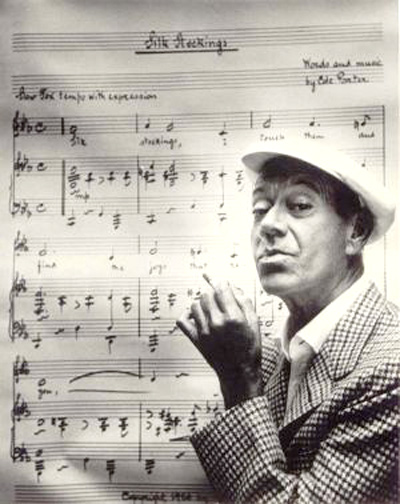 Cole Porter. Credit: Ravennafestival.org
Cole Porter. Credit: Ravennafestival.org

